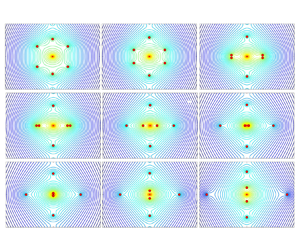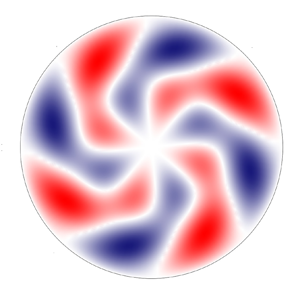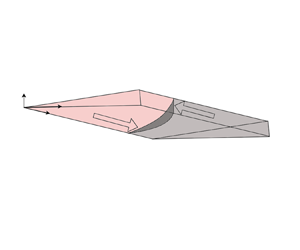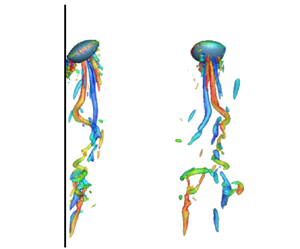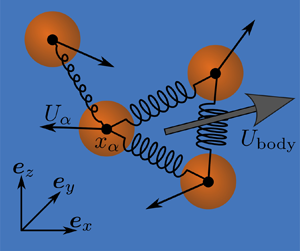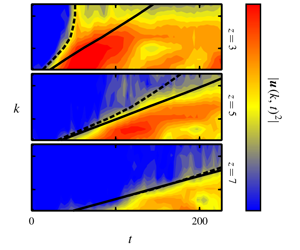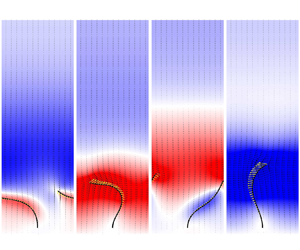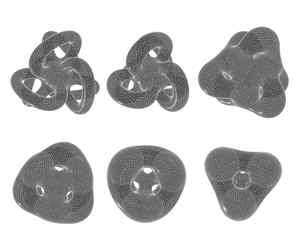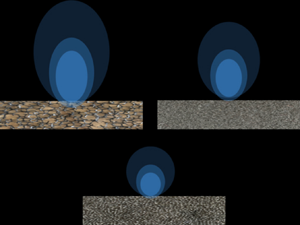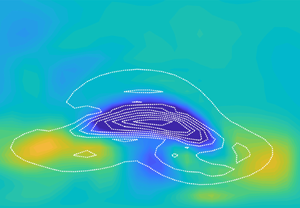Most cited
This page lists all time most cited articles for this title. Please use the publication date filters on the left if you would like to restrict this list to recently published content, for example to articles published in the last three years. The number of times each article was cited is displayed to the right of its title and can be clicked to access a list of all titles this article has been cited by.
- Cited by 3
On the stability of a pair of vortex rings
-
- Published online by Cambridge University Press:
- 09 January 2024, A3
-
- Article
-
- You have access
- Open access
- HTML
- Export citation
- Cited by 3
Interaction between a uniform current and a submerged cylinder in a marginal ice zone
-
- Published online by Cambridge University Press:
- 17 April 2024, A50
-
- Article
-
- You have access
- Open access
- HTML
- Export citation
- Cited by 3
Three-dimensional instabilities over a rectangular open cavity: from linear stability analysis to experimentation – ERRATUM
-
- Published online by Cambridge University Press:
- 27 June 2014, pp. 747-748
-
- Article
-
- You have access
- Export citation
- Cited by 3
Manipulation of Richtmyer–Meshkov instability on a heavy–light interface via successive shocks
-
- Published online by Cambridge University Press:
- 13 January 2025, A9
-
- Article
- Export citation
- Cited by 3
Rigorous entropy formulation of the anelastic liquid equations in an ideal gas
-
- Published online by Cambridge University Press:
- 08 November 2017, pp. 677-686
-
- Article
- Export citation
- Cited by 3
Sound generation in the ocean by breaking surface waves
-
- Published online by Cambridge University Press:
- 21 April 2006, pp. 329-347
-
- Article
- Export citation
- Cited by 3
Growth of vortical disturbances entrained in the entrance region of a circular pipe
-
- Published online by Cambridge University Press:
- 02 December 2021, A16
-
- Article
- Export citation
- Cited by 3
Immiscible capillary flows in non-uniform channels
-
- Published online by Cambridge University Press:
- 26 August 2021, A31
-
- Article
-
- You have access
- Open access
- HTML
- Export citation
- Cited by 3
A numerical study on the turbulence characteristics in an air–water upward bubbly pipe flow
-
- Published online by Cambridge University Press:
- 18 September 2024, A10
-
- Article
-
- You have access
- Open access
- HTML
- Export citation
- Cited by 3
Swimming in potential flow
-
- Published online by Cambridge University Press:
- 01 December 2022, R5
-
- Article
- Export citation
- Cited by 3
Transition between advection and inertial wave propagation in rotating turbulence
-
- Published online by Cambridge University Press:
- 15 January 2020, A22
-
- Article
-
- You have access
- Open access
- HTML
- Export citation
- Cited by 3
Investigation on the cavitation bubble dynamics and pressure characteristics near a wall with a viscous oil layer
-
- Published online by Cambridge University Press:
- 30 June 2025, A9
-
- Article
-
- You have access
- Open access
- HTML
- Export citation
- Cited by 3
The effect of spanwise heterogeneous surfaces on mixed convection in turbulent channels
-
- Published online by Cambridge University Press:
- 24 October 2022, A22
-
- Article
-
- You have access
- Open access
- HTML
- Export citation
- Cited by 3
Generalized-Newtonian fluid transport by an instability-driven filament
-
- Published online by Cambridge University Press:
- 15 June 2023, A6
-
- Article
-
- You have access
- Open access
- HTML
- Export citation
- Cited by 3
Thin slender water jets
-
- Published online by Cambridge University Press:
- 20 April 2006, pp. 379-391
-
- Article
- Export citation
- Cited by 3
Stokes flow of an evolving fluid film with arbitrary shape and topology
-
- Published online by Cambridge University Press:
- 20 January 2025, R1
-
- Article
-
- You have access
- Open access
- HTML
- Export citation
- Cited by 3
Effects of porous substrates on the structure of turbulent boundary layers
-
- Published online by Cambridge University Press:
- 05 February 2024, A39
-
- Article
-
- You have access
- Open access
- HTML
- Export citation
- Cited by 3
Role of streak secondary instabilities on free-stream turbulence-induced transition
-
- Published online by Cambridge University Press:
- 28 May 2024, A6
-
- Article
-
- You have access
- Open access
- HTML
- Export citation
- Cited by 3
Heat transfer and mass transport in the ocean wave-driven free-surface boundary layer
-
- Published online by Cambridge University Press:
- 25 April 2025, A7
-
- Article
-
- You have access
- Open access
- HTML
- Export citation
- Cited by 3
Hybrid wave/current energy harvesting with a flexible piezoelectric plate
-
- Published online by Cambridge University Press:
- 08 August 2023, A31
-
- Article
- Export citation

